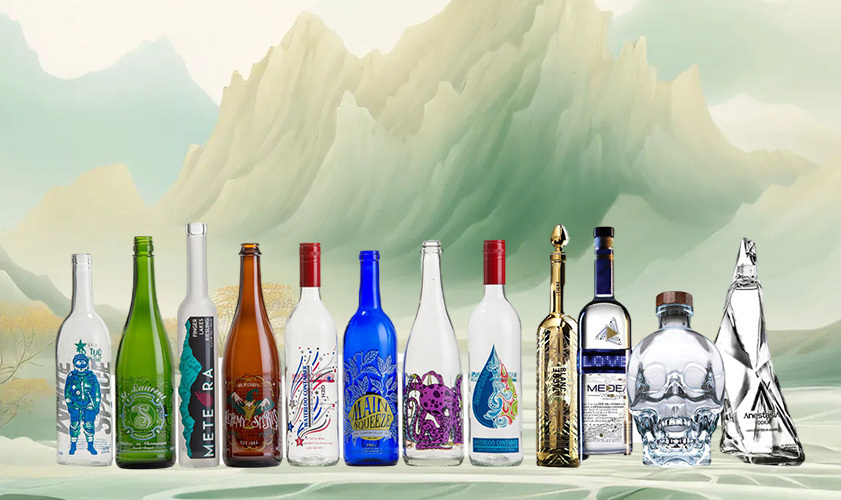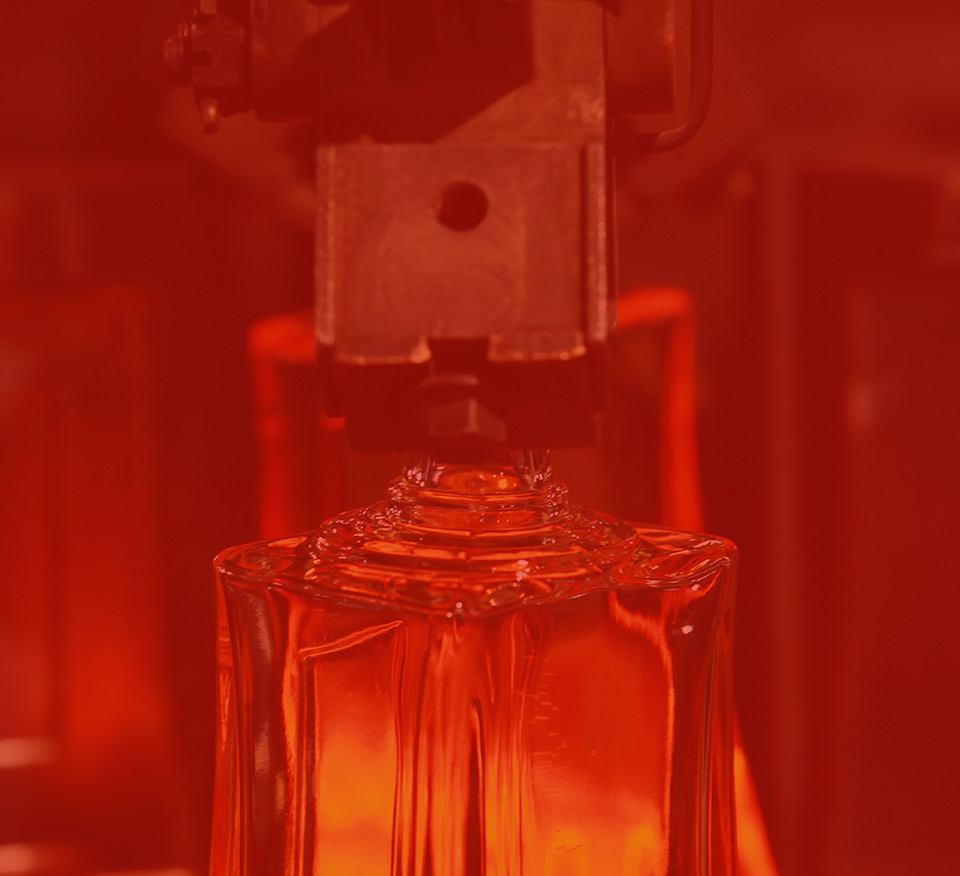Hot information
Formation and Material Analysis of Glass
Release time:
2021-08-22
Glass was first solidified by acid rock ejected from volcanoes. About 3700 BC ago, the ancient Egyptians had made glass decorations and simple glassware. At that time, there was only colored glass. About 1000 BC, China made colorless glass. In the 12th century, commercial glass appeared and began to become an industrial material. In the 18th century, optical glass was made to meet the needs of developing telescopes. In 1873, Belgium first made flat glass. In 1906, the United States made a flat glass lead on the machine. Since then, with the industrialization and scale of glass production, various uses and various properties of glass have come out. In modern times, glass has become an important material in daily life, production and science and technology.
Glass was first solidified by acid rock ejected from volcanoes. About 3700 BC ago, the ancient Egyptians had made glass decorations and simple glassware. At that time, there was only colored glass. About 1000 BC, China made colorless glass. In the 12th century, commercial glass appeared and began to become an industrial material. In the 18th century, optical glass was made to meet the needs of developing telescopes. In 1873, Belgium first made flat glass. In 1906, the United States made a flat glass lead on the machine. Since then, with the industrialization and scale of glass production, various uses and various properties of glass have come out. In modern times, glass has become an important material in daily life, production and science and technology.
Types of glass are usually divided into oxide glass and non-oxide glass according to the main components. There are few varieties and quantities of non-oxide glass, mainly chalcogenide glass and halide glass. The anions of chalcogenide glass are mostly sulfur, selenium, tellurium, etc., which can cut off short wavelength light and pass through yellow, red light, and near and far infrared light. Its resistance is low and it has switching and memory characteristics. Halide glass has low refractive index and low dispersion, and is mostly used as optical glass.
Oxide glass is divided into silicate glass, borate glass, phosphate glass and so on. Silicate glass refers to the basic composition of SiO 2 glass, its variety, wide use. Usually according to the different content of SiO 2 and alkali metal and alkaline earth metal oxides in glass, it is divided into: ① quartz glass. SiO 2 content is more than 99 .5%, low thermal expansion coefficient, high temperature resistance, good chemical stability, through ultraviolet and infrared light, high melting temperature, high viscosity, molding is difficult. It is mostly used in semiconductor, electric light source, optical communication, laser and other technologies and optical instruments. ② High silica glass. The content of SiO 2 is about 96%, and its properties are similar to those of quartz glass. ③ Soda lime glass. With SiO 2 content as the main, but also contains 15% Na 2 O and 16% CaO, its cost is low, easy to shape, suitable for large-scale production, its output accounts for 90% of the practical glass. Can produce glass bottles, flat glass, utensils, bulbs, etc. ④ Lead silicate glass. The main components are SiO 2 and PbO, with high refractive index and high volume resistance of ******, and good wettability with metal. It can be used to make bulbs, vacuum tube core columns, crystalline glassware, flint optical glass, etc. Lead glass containing a large amount of PbO can block X-rays and gamma rays. ⑤ aluminum silicate glass. With SiO 2 and Al 2 O 3 as the main components, the softening deformation temperature is high, and it is used to make discharge bulbs, high-temperature glass thermometers, chemical combustion tubes and glass fibers. The borosilicate glass. With SiO 2 and B 2 O 3 as the main components, it has good heat resistance and chemical stability, and is used to manufacture cooking utensils, laboratory instruments, metal welding sealing glass and so on. Borate glass with B 2 O 3 as the main component, low melting temperature, can resist sodium vapor corrosion. Borate glass containing rare earth elements is a new type of optical glass with high refractive index and low dispersion. Phosphate glass with P 2 O 5 as the main component, low refractive index, low dispersion, used in optical instruments.
In addition, according to the performance characteristics of the glass is divided into: tempered glass, porous glass (I. e., foam glass, pore size of about 40, used for seawater desalination, virus filtration, etc.), conductive glass (used as electrodes and aircraft windshield glass), microcrystalline glass, opacifying glass (used for lighting devices and decorative items, etc.) and insulating glass (used as door and window glass).
The main raw materials for glass production are glass forming body, glass adjustment and glass intermediate, and the rest are auxiliary raw materials. The main raw materials refer to the oxides, intermediate oxides and network external oxides introduced into the glass to form a network; auxiliary raw materials include clarifying agents, fluxing agents, opacifying agents, coloring agents, decolorizing agents, oxidizing agents and reducing agents.
Glass production process mainly includes: ① raw material pre-processing. The lumpy raw materials are crushed, the wet raw materials are dried, and the iron-containing raw materials are removed from iron to ensure the quality of the glass. ② Preparation of batch materials. ③ Melting. The glass batch is heated at high temperature in the pool kiln or crucible kiln to form a uniform, bubble-free, and liquid glass that meets the molding requirements. ④ Forming. The liquid glass is processed into products of the required shape, such as flat plates, various utensils, etc. ⑤ Heat treatment. Through annealing, quenching and other processes, the internal stress of the glass is eliminated or produced, phase separation or crystallization, and the structural state of the glass is changed.






